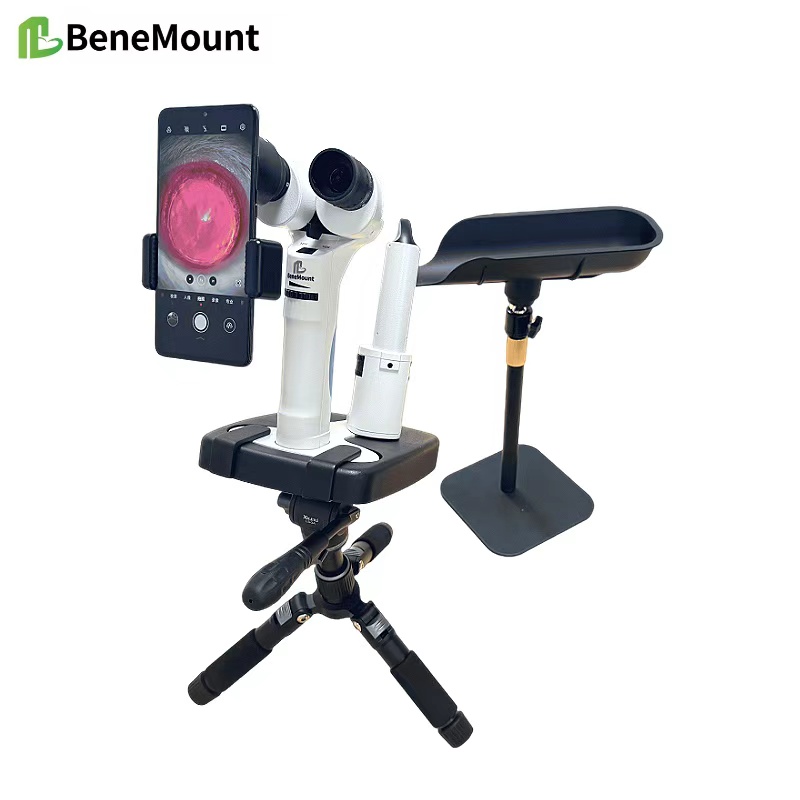Slit Lamp for Animals is one of the most valuable tools in veterinary ophthalmology. It allows clinicians to examine the anterior segment with magnified detail and targeted illumination. When applied to conditions such as corneal ulcers, uveitis, and cataracts, the slit lamp provides diagnostic precision and helps guide treatment at an early stage.
Corneal Ulcers
Corneal ulcers are common and often painful in dogs and cats. The slit lamp makes it possible to evaluate the depth, extent, and stage of each lesion. A narrow optical section shows stromal thinning, while diffuse illumination highlights edema and epithelial loss. Retroillumination can reveal faint erosions or scarring that gross inspection might miss. With this detailed information, clinicians can decide whether medical therapy or surgical intervention offers the best outcome.
Uveitis
Slit-lamp biomicroscopy is equally important in detecting uveitis. Fine features such as aqueous flare, keratic precipitates, and subtle hyphema become visible only under magnification. Recognizing these changes early matters, because untreated inflammation can lead to cataract formation, synechiae, or secondary glaucoma. The slit lamp also helps measure anterior chamber depth, which offers indirect evidence of lens stability and potential luxation.
Cataracts
Lens opacity is a frequent cause of vision loss in older animals. The slit lamp distinguishes between benign nuclear sclerosis and true cataract, an essential step for accurate diagnosis and client education. Cortical, nuclear, and posterior capsular cataracts can be located precisely using slit illumination. Retroillumination enhances subtle posterior subcapsular changes, providing key information for surgical planning.
Clinical Impact
By combining these applications, the slit lamp becomes indispensable in managing anterior segment disease. It bridges the gap between basic inspection and advanced imaging, offering objective data that improve both diagnosis and monitoring. For corneal ulcers, uveitis, and cataracts, it provides early warning and ensures timely treatment.
Conclusion
The clinical value of the Slit Lamp for Animals lies in its ability to detect subtle ocular changes before they cause permanent vision loss. With skill and consistent use, veterinarians can identify ulcers, uveitis, and cataracts early, reduce complications, and preserve sight in their patients.




